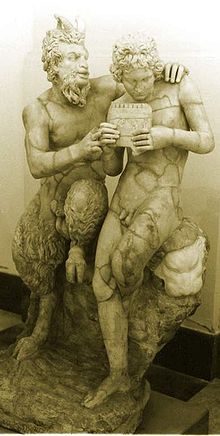The story: “In the Deathroom,” collected in Everything’s Eventual. First published as an audiobook in 1999. Wikipedia entry here.
Spoiler-filled synopsis: In a murky interrogation room in some fascist Central American hellhole, an American reporter-turned-insurgent must make it through torture without giving up what he knows. After a tense matching of wits against his interrogators, he manages to turn the tables on them and escape.
My thoughts: “In the Deathroom” is a definite break from Stephen King tradition. There’s no supernatural element in it whatsoever; and even more surprisingly, it’s not set in rural Maine, or for that matter in America. It takes place almost entirely in one room: a stereotypical interrogation chamber deep in some stereotypical corrupt Central American nation. Fletcher is an American reporter who has fallen in league with a rebel movement, but he’s been captured and now faces torture at the hands of a stereotypically sadistic team of interrogators.
Stephen King notes in an afterword to “In the Deathroom” that he wrote this story to supply a rare happy ending to the familiar “interrogation room drama” scenario, and he’s stocked the scene with all the necessary characters: a determined and righteous protagonist set against a charismatic but soulless interrogator, a calculating junta official, and a sadistic torturer. The mechanism of torture is some sort of electrocution device that has already been used to kill one of Fletcher’s friends and collaborators.
All of the tension in this story is in that matching of wits; once Fletcher hatches his violent escape, things actually get less interesting. But King’s depiction of the mind game between interrogator and interrogated is excellent. Fletcher knows that tricking his captors into believing his lies will require a delicate balance of defiance and resignation on his part, and a careful mixing of truth and falsehood in what he confesses. His interrogators are not entirely unaware of this dynamic, either; and with a mixture of promises, threats, and pain try to disrupt Fletcher’s resistance. The interrogators win the opening round, catching Fletcher out in a lie. Fletcher is more clever in round #2. Round #3 consists of Fletcher feigning a seizure after being shocked by the torture machine, then violently maiming and/or killing his captors in the ensuing chaos. The story ends with Fletcher’s return to America; he is scarred but alive.
It’s interesting to imagine how this story might have differed had it been written a few years later than it was. By the mid-2000s (and to America’s great shame), we’d all thought a lot more about the mechanics and efficacy of torture than our 1999 selves would have ever guessed. “In the Deathroom” is not a naive story exactly; King is savvy to the basic dynamics of torture, but he ultimately paints a very Hollywood picture of torture: a savage but strangely dignified chess game between torturer and tortured played out in a handful of encounters, rather than an extended sequence of dehumanizing brutalization. King is explicitly writing a genre story here, and this is appropriate in that light.
“In the Deathroom” has a happy ending by genre standards; the thoroughly evil bad guys meet well-deserved ends (the sadistic torturer is hooked up to his own machine, which Fletcher then cranks up to “11”) and Fletcher makes it out alive, despite the acknowledged improbability of that outcome. The growing possibility that Fletcher might actually survive, along with the lack of a supernatural element, kept me off my guard through the entire story; I kept waiting for either a plot twist to land Fletcher back in prison, or for the entire escape sequence to be revealed as just another fraud designed to break his spirits. It’s not how these stories usually end, but far be it from me to criticize a story for not sticking to cliché.
This is a strong story that fumbles a bit at the end, but which kept me frantically turning pages to find out how it would play out. It’s nice to see King branching out a bit, both in genre and in setting. If you find “interrogation room drama” interesting, I recommend this story alongside a viewing of Babylon 5‘s episode “Intersections in Real Time” and Star Trek: The Next Generation‘s “Chain of Command, Part 2,” both of which memorably explore the dynamic between principled captive and clever interrogator within a genre context.
Next up: “Children of the Corn,” from Night Shift.


 Spoiler-filled synopsis: In the darkest days of the Cold War, a hyper-intelligent scientist discovers a chemical that removes all violent instincts from anyone who ingests it. He manages to spread the chemical across the globe, bringing about world peace… but unwittingly also dooming humanity, because an unanticipated side effect of the drug is the Alzheimer’s-like mental degeneration of everyone exposed to it.
Spoiler-filled synopsis: In the darkest days of the Cold War, a hyper-intelligent scientist discovers a chemical that removes all violent instincts from anyone who ingests it. He manages to spread the chemical across the globe, bringing about world peace… but unwittingly also dooming humanity, because an unanticipated side effect of the drug is the Alzheimer’s-like mental degeneration of everyone exposed to it.
 Spoiler-filled synopsis: A suburban man hires somebody to mow his lawn. Unfortunately, this particular lawnmower man is a
Spoiler-filled synopsis: A suburban man hires somebody to mow his lawn. Unfortunately, this particular lawnmower man is a 